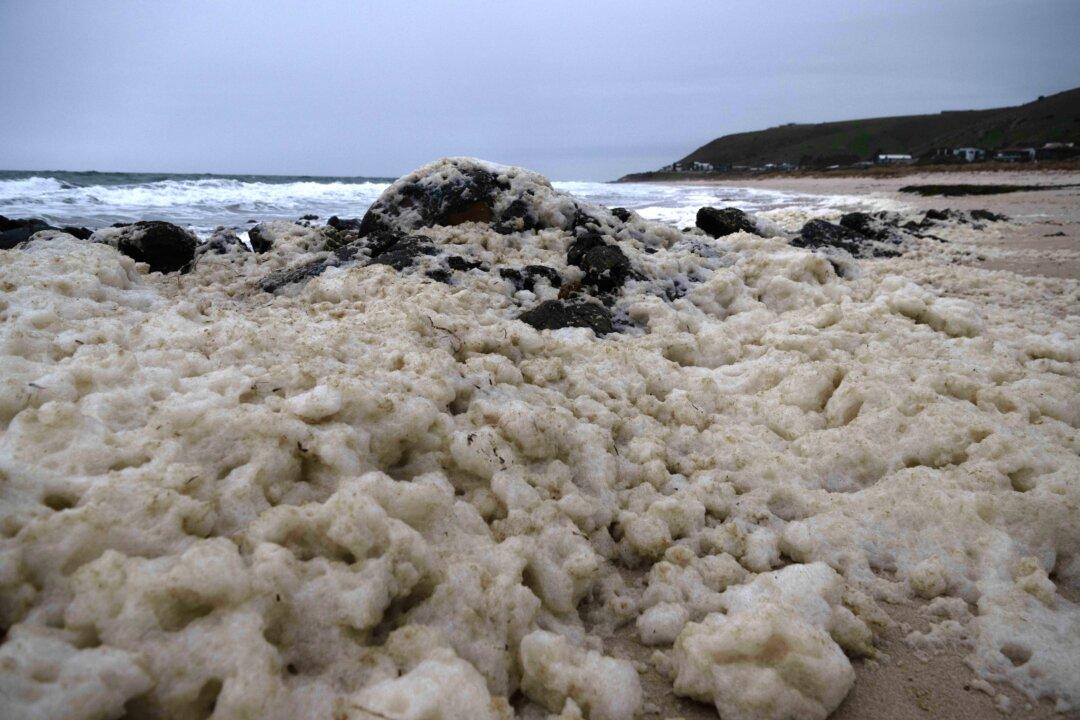Six months after algal blooms wiped out more than 400 marine species in South Australia, the government has announced a national algae testing lab in Adelaide to speed up detection of harmful toxins.
The facility will focus on identifying brevetoxins—naturally occurring poisons produced by some algae that can accumulate in shellfish and make them unsafe to eat.
These toxins have already forced closures of local oyster and mussel farms, disrupting the seafood industry.
Unveiled on Aug. 20, the new lab will allow samples to be tested locally, cutting waiting times and reducing the risk of prolonged shutdowns for fisheries.
Until now, testing for brevetoxins has been carried out by the South Australian Quality Assurance Program, which has had to send shellfish samples to New Zealand for analysis—delaying results by up to a week.
Under a $28 million joint support package with the Albanese Government, local firm Agilex Biolabs will now develop methods to conduct brevetoxin testing in Adelaide.
Although most of South Australia’s oyster industry remains open, brevetoxins were detected in shellfish for the first time in Australian waters, triggering temporary closures.
Mussel farms reopened earlier this month after consecutive tests showed reduced levels.
Officials confirmed that all commercially available seafood remains safe.
Understanding Algal Blooms
Research from Flinders University explains that algal blooms occur when algae multiply rapidly, usually triggered by warm seas and nutrient build-up.
While many blooms are harmless and essential to oxygen production and marine food chains, toxic species can devastate ecosystems.
The current outbreak, dominated by Karenia mikimotoi, has persisted for months, suffocating marine life and crippling fisheries. Scientists describe it as among the most severe recorded in South Australia.
Narungga man and Moonrise Seaweed Co. Director Brad Darkson acknowledged algae’s ecological value but stressed this case is different.
“We need to start implementing both local and global solutions to mitigate against these events recurring,” he said.
Marine scientist Georgina Wood said extreme heat, still waters, and nutrient run-off created “a perfect storm.” She warned blooms like this may become more frequent.
The team at the university has linked bacteria and viruses to worsening oxygen depletion. They are also testing microbes that could suppress toxic algae.





